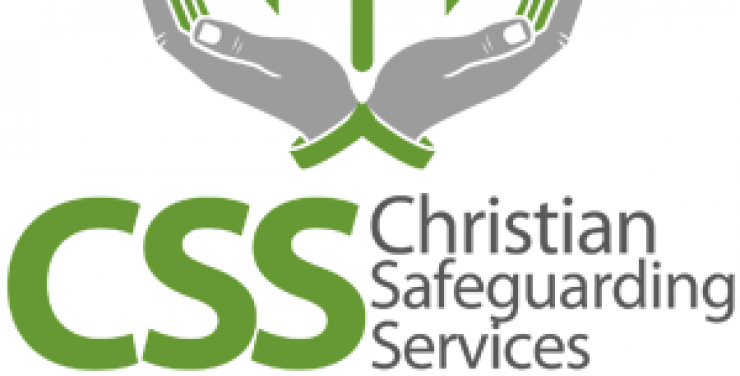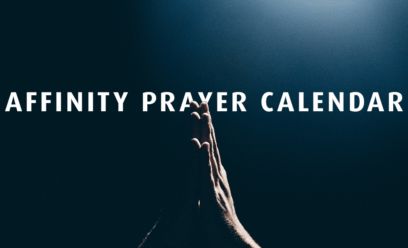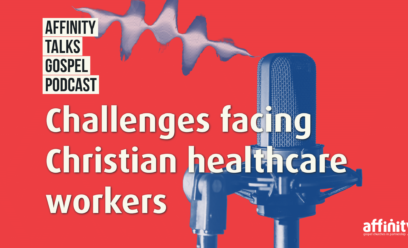A Review of the Christian Safeguarding Services Self-Audit Tool for Churches

In this article from the recent Bulletin of the Affinity Social Issues Team, Andy Wyatt reviews a new tool to help churches assess their safeguarding policies and practices. Is your church up to date with current law and best practice?
Child abuse is a horrific crime. We should be concerned, as God’s people, to do all we can to prevent it and to care for vulnerable people – not just the young but those of any age who need our protection. It could also be argued that, amongst the plethora of reasons why people no longer believe the message of Christ, there lurks a distrust of Christian leaders who, in some cases, have allowed the ongoing abuse of children in church contexts, though they had the opportunity to prevent further crimes. One only need mention the Roman Catholic Church in such a context, and its attendant, rapid shrinkage in the USA.
This is a controversial and painful issue and one which evangelical church leaders need to be fully equipped to deal with. And for those leaders who are burdened by many significant calls upon their time and ministry, there is help available, hence the reason for this article.
I write this review from the perspective of one whose career was spent in child safeguarding and who served for several years as leader of a large youth work in an independent church, where I also served with eldership responsibilities for 25 years. I can thoroughly recommend the work of Christian Safeguarding Services, having got to know Paul and Sue Harrison over the past year. They bring a high-quality, fresh perspective on safeguarding and are very experienced in helping churches improve their work in this vital area. The self-audit tool that they have produced for churches to use in assessing their preparedness for safeguarding can be accessed at the CSS website in the Membership/Login area (free membership is available if you want simply to access the audit tool).
As a local church we decided recently to undertake a self-audit of our safeguarding policies and practice, in order to bring ourselves up to date and to check our readiness to deal with potential issues. As it happens, we have a couple of ongoing safeguarding issues we continually need to keep our eye upon. The Designated Safeguarding Lead and I sat with the tool and undertook the exercise, which took us about ninety minutes. The review generated an action plan we intend to take forward over the next few months.
Upon completing this exercise, we formed the following conclusions:
1) The tool is thorough and comprehensive, covering every area we needed to think about in the ongoing protection of both children and ‘adults at risk’, within a local church context. It forced us to think about areas of potential vulnerability for us as a church and to consider again the areas of practice where we need to exercise constant vigilance. For example, we discovered that our policies, whilst still relevant and helpful, have not kept up to date with recent developments in safeguarding understanding, such as modern slavery and the guidance associated with radicalisation.
2) It forced us to think about how to keep the church leadership (including trustees) engaged with the safeguarding agenda, ensuring that we are not only informed but actually driving and challenging practice on the ground. Too often the youth/elderly/disability work in churches is not properly connected to the leadership, and this can create an unhealthy culture where abuse or poor practice can thrive.
3) It challenged us to tighten up our recording and record-keeping in the context of the need to protect personal information (in short, how to be GDPR-compliant). This is particularly important in outward-facing ministries, where people have the right to have their personal information protected.
4) It helped us to focus upon the need to train and support those who work with vulnerable groups, so that they are properly recruited, appraised, developed and valued. Regular training, both internally and opportunities for external learning, should be available for our staff and volunteers.
Surely as church leaders who are concerned for the reputation of the gospel, as well as the safety and well-being of our congregations, we should take safeguarding seriously? You might ask the question, ‘Do we really need to consider this, considering our other priorities?’ Then see if you can pass this simple test, by answering these questions:
a) Explain the ‘Prevent’ duty; b) What are the Designated Officer and LSCB? c) What is ‘private fostering’?
If you failed that test, you need to complete a self-audit, urgently.
The CSS audit tool is a valuable addition to the resources available to us in consideration of this important area, and I thoroughly recommend its use.
PS: The answers to the above questions are:
a) The Prevent duty is the duty in the Counter-Terrorism and Security Act 2015 on specified authorities, in the exercise of their functions, to have due regard to the need to prevent people from being drawn into terrorism.
b) The Designated Officer is a senior Local Authority social worker who coordinates enquiries made following allegations made against people working with children. LSCB is the Local Safeguarding Children Board.
c) Private fostering is an arrangement whereby a child under the age of 16 (or 18 if the child has a disability) is placed for 28 days or more in the care of someone who is not the child’s parent(s) or a ‘connected person’.
Andy Wyatt
(This article was originally published in the Affinity Social Issues Bulletin for July 2019. The whole edition can be downloaded here. A PDF of this article is available to download here. The Social Issues Team publishes The Bulletin three times each year, containing information about current issues relevant to churches and Christians.)
Related articles
Stay connected with our monthly update
Sign up to receive the latest news from Affinity and our members, delivered straight to your inbox once a month.



